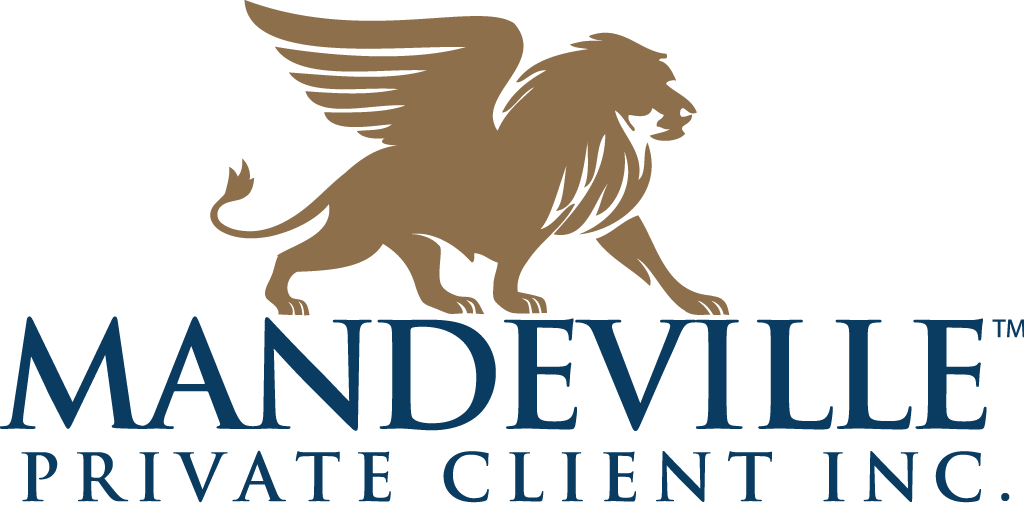You and Taxation! Limited Partnerships and Avoiding Double Taxation

Limited Partnerships (LP) are unique in many ways. One such way is taxation. When investing in an LP within a non registered (cash) account, it is imperative that you track your cost base and factor in capital gains or other income generated by the manager. Otherwise, you will pay tax twice! Once when you file your T5013 tax slip for the income and again when you sell your shares/units down the road. This is known as double taxation and can easily be avoided by tracking and adding any T5013 income to your original purchase price.
For example, if you invested $100,000 in a LP and the fund realizes $5,000 in capital gains from trading by the manager, your annual T5013 tax slip will indicate this. You will pay tax on the net gain of $2,500 (5,000 x 50% inclusion rate) based on your marginal tax rate. Now in addition to the earnings, the value of the investments held by the fund increased by an equal value of say 5%, your statement would show the original investment worth If in this simple explanation, this repeated for five years, you have received a T5013 slips worth $25,000 (net taxable is $12,500) and tax paid at say 50% = 6,250. The LP is now valued at $125,000 at the end of five years. You have now found a nice retirement condo in Panama and you decide to sell your LP shares. What is the tax? Many will state the tax is $12,500 ($125,000 minus the purchase cost of $100,000 = a capital gain of $25,000/2 = $12,500 taxable and alas $6,250 payable). However, this is incorrect and if processed this way results in double taxation.
The actual adjusted cost base has risen to $125,000 because each year you (remember those T5013 slips?) tracked all your T5013 numbers and added them to your original purchase price. In my simple example, this adds up to $5,000 x 5 = $25,000 which you already paid tax on. If your adjusted cost base is $125,000 and the proceeds of sale are $125,000 then the tax cost is zero. Good for you…not so much for the government. Thankfully, we advise you. Anyone who has their taxes done through us here at the branch has this process applied to their LP investments – meaning we track and adjust the cost base. So should you or your accountant because if you don’t, you will pay tax twice!
What follows is additional wording from James Cole, Portfolio Manager for Portland Focused Plus LP. It is directly from his 2018 Letter to Shareholders:
“The LP does not pay distributions. Instead, the LP allocates its income and expenses to its investors on a pro rata basis. These allocations are recorded for tax purposes on T5013 slips which are issued to investors annually in March in respect of the preceding calendar year. One of the attractive features of limited partnerships is that income earned and expenses incurred by them retain their tax character when they are attributed to investors. For example, most of the LP’s income is tax-advantaged as it is in the form of capital gains and eligible Canadian dividends (only half of capital gains are included in taxable income and eligible Canadian dividends earn significant tax credits). At the same time, the LP’s expenses (i.e., management fees, performance fees, operating expenses and interest expense on margin loans) are all fully deductible in the computation of taxable income (with the exception of foreign dividend withholding taxes, which also earn a tax credit). For tax purposes, these expense items (other than foreign withholding taxes) are all aggregated into one number (reported on the T5013 slips) called “carrying charges”. Note that since the LP does not actually pay distributions, investors must have some other means to pay any taxes owing by them on their allocation of the LP’s income and expenses. In my experience, investors generally fund their LP-related tax obligations using other resources held by them or by redeeming some of their units of the LP.
Upon receiving each T5013 slip, investors should adjust the adjusted cost base (“ACB”) of the LP’s units that they own by increasing the ACB by the amount of income items allocated, and decreasing the ACB by the amount of expense items allocated. In this way, investors in the LP avoid double taxation (which would otherwise arise if investors paid taxes on income allocated to them but not actually received by them, and then, when they eventually redeem their units.”
Hopefully this helps. If not, please contact us and we will explain further. Whether it be a Flow Through Resource LP, Real Estate LP or the Portland Focused Plus LP, its imperative to understand the preceding and track accordingly. Many clients own these LPs and the unrealized capital appreciation is quite large in some cases. Lastly, keep in mind this only applies to non-registered (cash) accounts. Within an RRSP, RRIF, LIRA or TFSA, the above does not apply as all income generated in those accounts is non-taxable.
Written by Michael Prittie, Portfolio Manager CFP, CPCA, CIM, FCSI, CIWM





